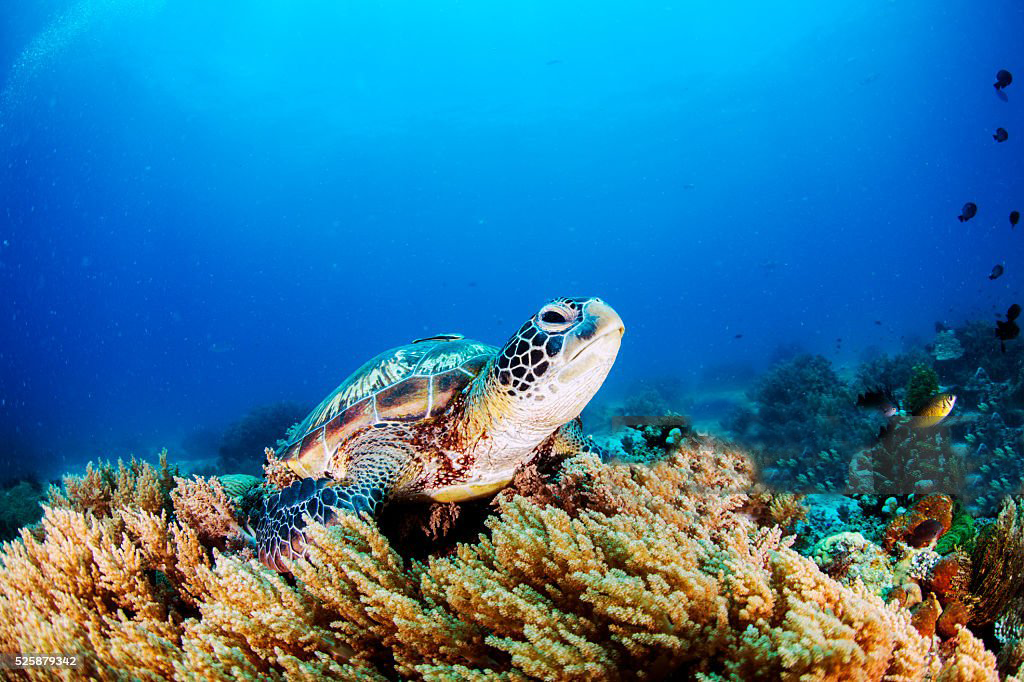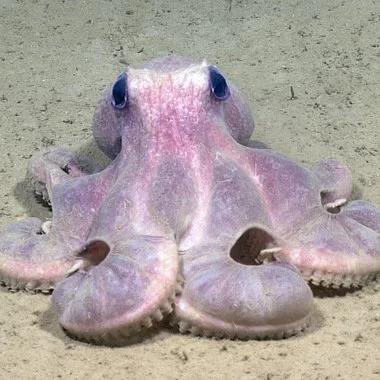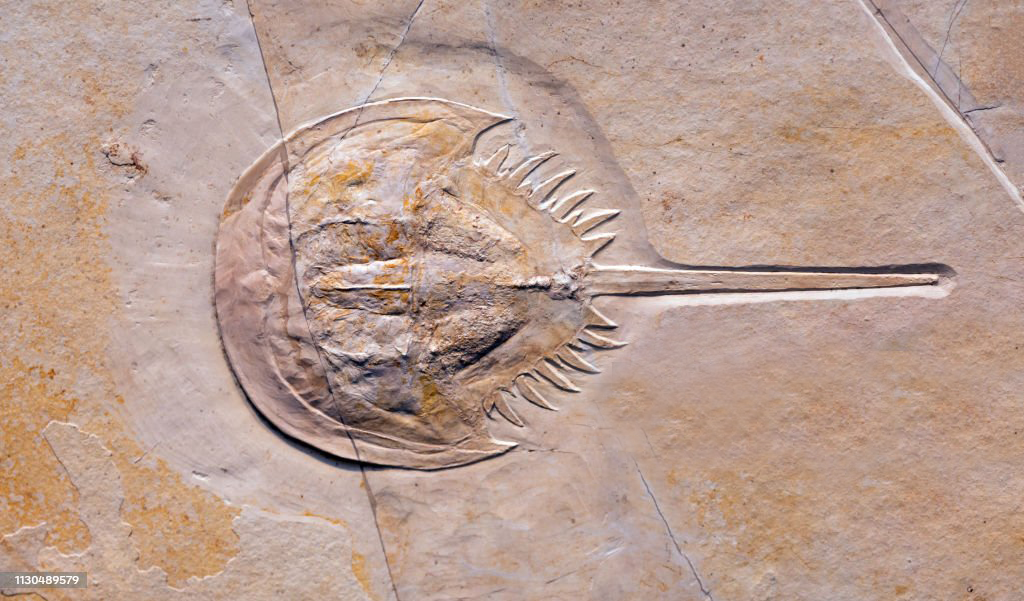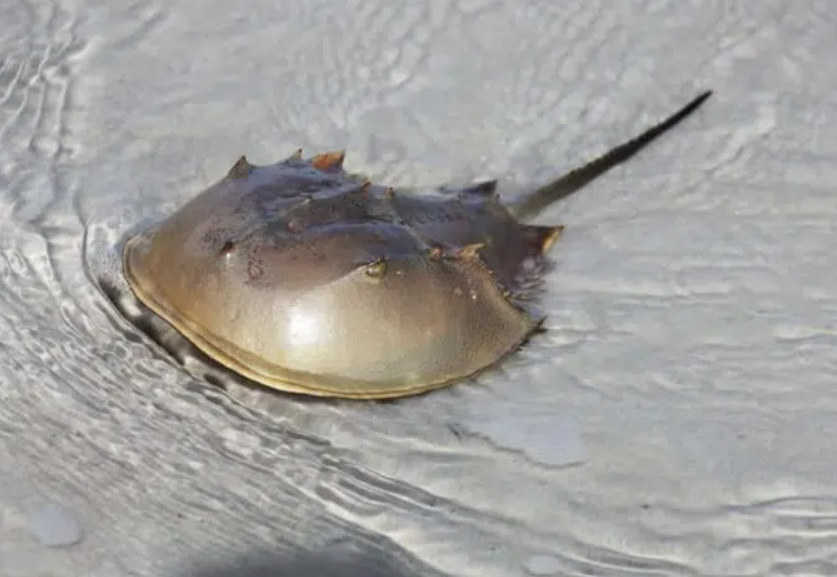Safari Journal - January 2024
Hudson Canyon National Marine Sanctuary
“NOAA's Office of National Marine Sanctuaries is in the early stages of the process to designate a new national marine sanctuary off the coast of New York and New Jersey. A sanctuary in the Hudson Canyon area would enable NOAA to cultivate new partnerships and connect diverse communities in the Mid-Atlantic region to build awareness of ocean conservation and sustainable use.” - Lailani Upham for National Geographic
7
Empire State Buildings
Hudson Canyon's deepest point is 10,500 feet below sea level —more than 7 Empire State Buildings stacked end-to-end from the seafloor to the surface.
10
Thousand Years Ago
The canyon formed more than 10,000 years ago during the last ice age.
Deepwater octopus, Graneledone verrucosa. Credit: NOAA Office of Ocean Exploration and Research
THE EDGE OF KNOWN THINGS
—WILL HUDSON CANYON BE NAMED A NATIONAL MARINE SANCTUARY?
“With all this strangeness, there is also beauty beyond words.” That’s how the famous scientist and explorer William Beebe described an underwater marvel off the coast of New York and New Jersey in the late 1920s . Today, Hudson Canyon has been nominated as a National Marine Sanctuary. But, as WCS Wild Audio learned from Noah Chesnin and Dr. Merry Camhi, there’s still a lot we don’t know about this massive canyon.
In depth and scale, Hudson Canyon rivals the Grand Canyon.
About 100 miles southeast of New York City is the beginning of the Hudson Canyon, the largest submarine canyon along the US's Atlantic Coast. In depth and scale, it rivals the Grand Canyon. Hudson Canyon is home to hundreds of wildlife species, from giant and threatened whales and dolphins, sharks, and sea turtles, to soaring seabirds and deep-sea corals. There are also numerous species important to fisheries, including tilefish, squid, crabs, flounder, and tunas, and other species important to ecotourism.
This visual is for reference only and does not represent an official boundary proposal from NOAA. Credit: NOAA
NOAA's Office of National Marine Sanctuaries is in the early stages of the process to designate a new national marine sanctuary off the coast of New York and New Jersey. A sanctuary in the Hudson Canyon area would enable NOAA to cultivate new partnerships and connect diverse communities in the Mid-Atlantic region to build awareness of ocean conservation and sustainable use. NOAA started the sanctuary designation process in June 2022. Latest meeting was Dec 5, 2023.
ABOUT THE AREA UNDER CONSIDERATION
Hudson Canyon is the largest submarine canyon along the U.S. Atlantic coast and is one of the largest in the world. Beginning approximately 100 miles southeast of New York City, the canyon extends about 350 miles seaward, reaches depths of 2 to 2.5 miles, and is up to 7.5 miles wide. Hudson Canyon's grand scale and diverse structure—steep slopes, firm outcrops, diverse sediments, flux of nutrients, and areas of upwelling—make it an ecological hotspot for a vast array of marine wildlife.
SPEAK OUT IN SUPPORT
Let the National Oceanic and Atmospheric Administration (NOAA) know how important it is to designate the Hudson Canyon as a National Marine Sanctuary.
MERMAID (Marine Ecological Research Management Aid) transform your underwater insights into data-driven actions that save coral reefs.
MERMAID aggregates and manages data on coral reef health - empowering scientists, communities, and governments in linking science to rapid action in marine conservation efforts. For the first time, marine scientists can gather, analyze and share field-based reef surveys on an open-source platform that provides granular data. MERMAID helps answer: Is conservation working? Are reefs recovering? How can conservation efforts help reefs adapt to a changing climate?
MERMAID brings information and people together to protect coral reefs
1171
USERS
65
ORGANIZATIONS
2456
CORAL REEF SITES
22
COUNTRIES
We’re one step closer to protecting horseshoe crabs
Horseshoe crab blood was a vital medical testing tool, but companies now have other options
For more than 400 million years – since before dinosaurs roamed the earth – horseshoe crabs have inhabited the world’s oceans. In the past several decades, these prehistoric creatures have been harvested for their bright blue blood. The blood is processed into a substance that detects contamination in a variety of products from vaccines to joint replacements. Synthetic alternatives are now available, and we need your help getting industry to adopt them.
10 Incredible Horseshoe Crab Facts
If you found these articles interesting, check back for another edition in this series. Please "like" our social media pages to be notified.
Advertisements
Tusk's approach to conservation recognizes that the long term future for wildlife and Africa's other natural resources is dependent on sustainable rural development. more... Tusk believes that if conservation is to succeed and environmental degradation to be reversed then education needs to be promoted at an early age.








